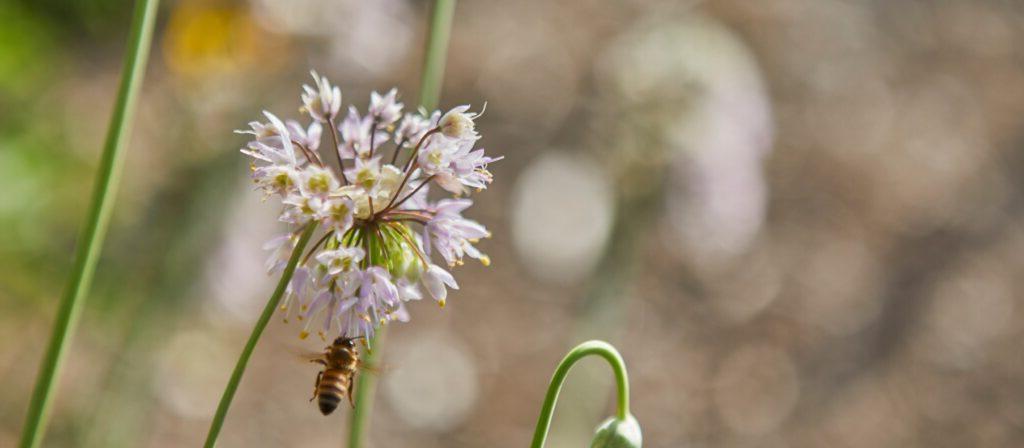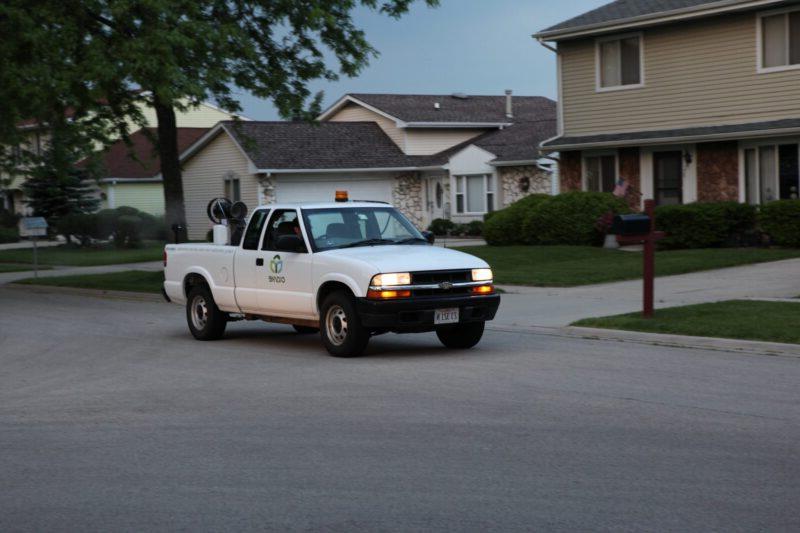Mosquito Control and Beneficial Pollinators: What You Should Know


The International Union for Conservation of Nature 最近,世界自然保护联盟(IUCN)将帝王蝶(以其醒目的橙色和黑色图案以及每年的迁徙而闻名)列入了世界自然保护联盟濒危物种红色名录TM. 黑脉金斑蝶加入了这一名单上的有益传粉者,由于许多因素,包括除草剂和杀虫剂的滥用,它们受到威胁或濒临灭绝.
So, 现代蚊子控制方法如何避免伤害这些传粉媒介,同时仍然保护公众健康?

To start, 在一长串的威胁和挑战中,有益的传粉媒介种群已经挣扎了一段时间. While the below factors have led to a gradual decline in populations, other catastrophic events, such as an infectious disease carried byvarroa mite larvae that wiped out 44% of managed bee colonies between 2015 and 2016, have also been devastating, helping lead to these dangerously low population levels.
While no single issue can be pinpointed as the sole contributor to this decline, some of the interconnecting factors include:
Reading this, 可以理解为什么居民会质疑他们社区的蚊子控制计划的优点. However, when implemented properly, integrated mosquito management programs should not be expected to harm beneficial pollinators.
Mosquito control helps improve quality of life in communities, 大多数控制蚊子的努力和治疗都集中在保护公众健康免受蚊子传播疾病的侵害.
Some mosquito species can carry vector-borne diseases, or diseases spread by organisms that transmit infectious pathogens between humans or animals. These diseases include viruses like West Nile, Zika, Eastern equine encephalitis or dengue, as well as parasites such as malaria. The mosquito is often called the world’s deadliest animal, and for good reason – mosquito-borne diseases account for over 700,000 deaths annually around the world, according to the World Health Organization (WHO)

The most effective community-wide mosquito control programs follow the principles of integrated mosquito management – a holistic approach recommended jointly by the EPA and the CDC that involves leveraging five different management strategies. They include:
Ultra-Low Volume (ULV) spray treatments are commonly used for wide-area mosquito control, with equipment mounted on trucks, all-terrain vehicles, or aircraft. Of all the integrated mosquito management strategies, 这种类型的处理通常在社区中最明显,并且引起居民对传粉媒介影响的最关注.
You can learn more about ULV mosquito spraying here, but below are the basics on how ULV spray treatments work:

To avoid adverse effects to pollinators from ULV mosquito spraying, several key actions come into play from a product and application standpoint:
也有大量的实地和业务研究表明紫外线灭蚊的应用, when conducted according to all product label guidelines, do not present a material risk to pollinators, even in cases of direct exposure. For example, 路易斯安那州立大学进行的实地研究发现,使用四种不同的epa注册产品进行ULV治疗可以控制蚊子, including Clarke’s Duet formulation, do not harm honey bees, even when sprayed at the highest label rate and with applications made as close as 50 feet away. This is important research, 因为它桥梁的实验室模型暴露于有效成分的实际操作条件与配方产品.
Exposure to product residues within a treatment area is another potential concern for pollinators. 通过超低紫外线设备应用的灭蚊产品旨在限制在治疗区域内的沉积, 但有一个标准的研究方案(称为“25%死亡率的残留时间(RT25)”)用于评估残留对蜜蜂的毒性. RT25 study results on file with the U.S. EPA for the Duet formulation (containing the active ingredients, Prallethrin and d-Phenothrin, 品牌名称Sumithrin),表明在处理区域内叶子上残留的ULV液滴在施用后3小时内无毒, 即使在蚊子控制的最高应用率下,即使直接喷雾暴露在植物上(这在现实世界的治疗环境中不会经常发生). In operational terms, this translates into a high level of confidence that the morning after a mosquito control application, there are very little exposure concerns for honeybees or other beneficial, sensitive insects that forage within a sprayed area.
As a mosquito control service provider and products manufacturer, Clarke is ultimately responsible for stewarding mosquito control applications made with our products, in accordance with the product label.
In addition, 我们尽可能与州监管机构就濒危或受威胁昆虫的最佳管理做法进行协调. For example, when our Illinois treatment areas coincide with sensitive, threatened or endangered species habitats, Clarke consults with the Illinois Department of Natural Resources. 这一步骤使Clarke在其公共卫生蚊虫控制工作中遵循的操作处理方案和保护传粉媒介的最佳管理实践保持了良好的一致性.

社区居民可以做很多事情来帮助恢复或维持有益的传粉媒介种群——我们都可以做一些事情来帮助避免进一步的破坏.
Check out some great sources below: